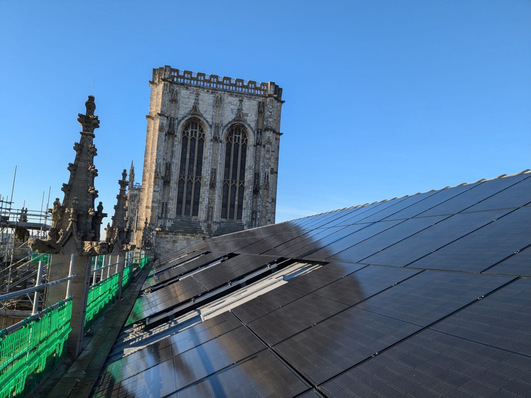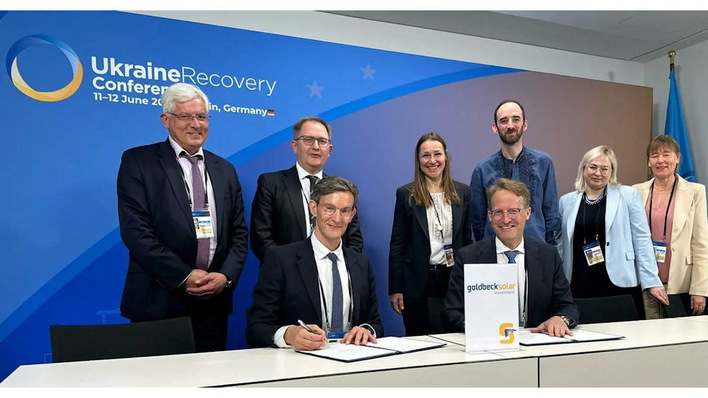The current market and options available for new-build renewables are inadequate to keep the UK on track to its net zero target. According to National Grid Future Energy Scenario (FES), the UK needs approximately 87-113GW (scenario dependent) of renewables capacity by 2030 and 197-231GW by 2050.
That is an annual ramp rate of ~5GW. However, Cornwall Insight's research shows a rate of subsidy-free Corporate Power Purchase Agreement (CPPA) and utility Power Purchase Agreement (PPA) growth of ~1.5GW since January 2020 (an 18-month period), far shy of the ~5GW annual ramp rate, but noting the Contracts for Difference (CfD) scheme is set to bring forwards ~9-10GW from Allocation Rounds 2 and 3 spread across four delivery years in the 2020s.
Tim Dixon, Lead Analyst Assets and Infrastructure at Cornwall Insight, has released the following statement:
"New build renewables are currently facing a tough choice regarding their route to market options, with challenging and volatile market conditions making it tough to secure investment and ultimately build-out projects.
PPA market has been instrumental
The GB PPA market has been instrumental in bringing renewable assets to market—Cornwall Insight research shows that of the currently operational 48GW renewables in GB, ~30GW is under some form of third party PPA. The remaining GB renewables capacity is self-traded by owners themselves, often large utilities. While new projects are being built, the market's growth is a long way from what is needed to meet the government's net zero goals.
See also: Solarwatt expands in UK – new hires
Of course, CfD AR4 will support a large batch of sites later this year. But this has knock-on impacts on the viability of other routes to market as developers wait for the auction. Additionally, BEIS is still yet to confirm if "Pot 1" technologies will feature future auctions. Therefore, we are still yet to know if the government has a "preferred" approach for onshore renewables and if these will be expected to develop subsidy-free and outside of the CfD framework.
Deployment ambitions for renewable technologies
While this may be a dilemma for many, potential signs are emerging on new approaches. Pleasingly, BEIS released Enabling a High Renewable, Net Zero Electricity System: Call for Evidence late last year. Evidence BEIS seeks, includes exploring how the industry is approaching developing projects without CfDs, the viability of merchant business models and how to encourage flexibility to minimise system costs in the move to net zero. BEIS is now using this approach to inform the design of future CfD allocation rounds and wider support mechanisms in the context of high deployment ambitions for renewable technologies.
Meanwhile, other participants, including Energy Systems Catapult (ESC), have expressed their desires and thoughts for reform. Of these more radical proposals, we would certainly see the development of longer-term financialised energy markets as a potential solution to price the risks associated with long-term merchant PPAs. However, it is for a good reason the utilities and traders have stayed away from this in the past. Government support here may also be difficult without being seen as a market intervention.
Developers likely to assess their options for 2022
Despite this, the general concept from ESC of providing some price certainty to "merchant" developers outside of the CfD framework feels like a necessary step in unlocking the potential of the utility PPA model.
Also interesting: Increased interest and competition boost UK PPA market
A holding pattern on development until the December 2021 CfD round is likely to persist as developers assess their options; 2022 may prove to be a key year for the viability of route to market options." (mfo)







